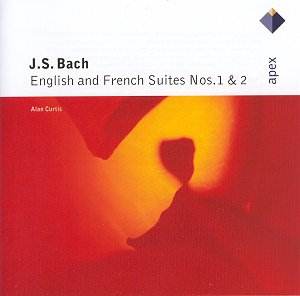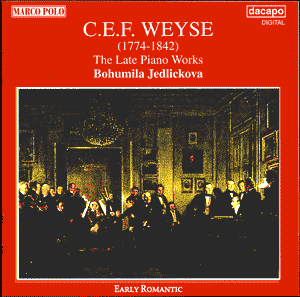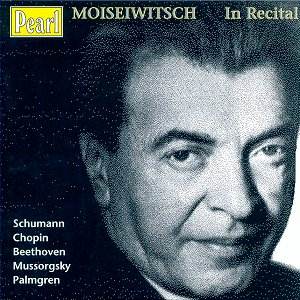 Composer: Johann Sebastian Bach
Composer: Johann Sebastian Bach
Works: Partita in A minor BWV 827, Sinfonia no. 1 BWV 787, Italian Concerto BWV 971, Sinfonia no. 15 BWV 801, French Suite no. 2 BWV 813
Performers: Vera Hilger, violin; Norbert Hilger, cello
Recording: September 2000, Taufkapelle der Peterskirche, Leipzig, Germany
Label: QUESTAND VKJK 0104 [53.31]
Bach’s keyboard works, revered for their intricate polyphony and structural ingenuity, have long fascinated musicians and listeners alike. The transcriptions performed by Vera and Norbert Hilger for violin and cello offer a fresh perspective on these beloved compositions. By distilling the essence of pieces like the Italian Concerto and the Partita in A minor, the Hilgers challenge conventional interpretations, inviting audiences to experience Bach’s music anew. While the inherent challenges of translating keyboard textures into a duo format raise questions about fidelity to Bach’s intentions, the Hilgers’ efforts reveal a compelling dialogue between the instruments.
The transcriptions themselves exhibit a thoughtful selection of movements that lend themselves to the idiomatic qualities of the violin and cello. The Italian Concerto, particularly in its opening movement, feels almost as if it were conceived for this instrumental combination. The interplay between the instruments captures the spirited dialogue characteristic of the work, with the cello’s pizzicato in the second movement providing a refreshing rhythmic foundation. However, the execution varies across the disc; for instance, the allemande from the A minor Partita lacks the necessary nuance and depth, contrasting sharply with the energetic courante that follows, which pulsates with life and dynamism.
Technical mastery is evident in many of the faster movements, where the Hilgers’ agility allows for a lively expression of Bach’s counterpoint. The gigue of the A minor Partita stands out, showcasing a buoyant interplay that emphasizes the dance-like quality of Bach’s writing. Yet, the more contemplative slower movements sometimes falter, revealing moments of wooden execution that detract from the overall emotional resonance. The violin’s tone, while often warm and inviting, occasionally lacks the clarity and precision needed to balance the intricate textures demanded by Bach’s writing.
Sound quality is another crucial aspect of this recording. The acoustics of the Taufkapelle, with its reverberant yet intimate atmosphere, complement the Hilgers’ performance, allowing the nuances of their interpretation to emerge. However, there are instances where the recording struggles to capture the fullness of the cello’s sound, leaving it somewhat overshadowed by the violin. This imbalance can lead to a less cohesive sonic experience, particularly in the more densely packed contrapuntal sections.
Within the landscape of Bach recordings, the Hilgers’ transcriptions occupy a unique niche. While they may not rival the established interpretations by keyboard specialists, they provide an alternative that invites new listening experiences. The inventive arrangements and the duo’s spirited engagement with the material suggest a commitment to reimagining Bach’s works rather than merely reproducing them. For those willing to embrace the inherent risks of such an undertaking, this recording offers a distinctive exploration of Bach’s genius.
The Hilgers have carved out a unique interpretative space with their transcriptions, blending historical reverence with contemporary insight. While the recording exhibits variability in execution and sound quality, it ultimately succeeds in presenting Bach’s music through a fresh lens, inviting both admiration and contemplation. This is a recording worth adding to the collections of those who appreciate innovative approaches to classical repertoire, expanding the understanding of Bach’s enduring legacy.



